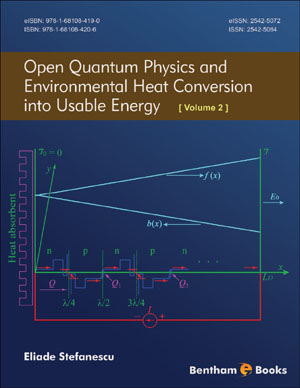Abstract
INTRODUCTION
New concept of X-ray crystalline diffractometry is presented to interpret the functions of X-ray diffraction equipment, such as the Bragg-Brentano diffractometer, Seemann-Bohlin camera (or diffractometer), and Debye back-and transmission-cameras, etc. Bragg’s law, as the fundamental theory in X-ray analysis, is suitable to interpret all the phenomena of X-ray diffraction. However, relative orientations of crystal planes observed in respect to the sample surface, which is potentially of great interest from a purely scientific and from an applicative point of view, cannot be shown by the commercial equipment itself, the term “azimuth relationship” is therefore introduced here.
The concept of two-dimension (2D) diffraction in its many aspects is important in X-ray geometric optics. Now, both Bragg’s and azimuth-angle equations are used to outline the configuration and arrangements of the X-ray equipment as a quaternity figure shown in Fig. 1 at present describing features of the multifunctional 2D/3D X-ray diffractometry.













